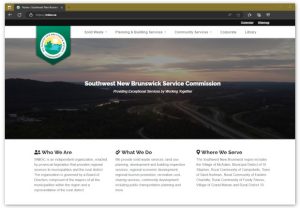One of the primary reasons for delays in obtaining a building permit come from clients submitting insufficient or incomplete plans.
Here’s what our inspectors will require – in general – for various projects. Note that scale drawings of all projects are required by provincial law.
Decks, residential:
Post spacings, footing details, post sizes (6x6 mandatory), beam construction details, joist details (size, span, spacing); drawing may be required for complex decks/structures.
Garages:
Footing/frost wall details (or engineered slab plan), wall details, roof system details.
Simple additions, houses:
Floor plan mandatory, footing/foundation details, beam composition, joist (size, span, spacing), wall details (studs, sheathing, insulation, cladding), lintels, roof system (truss/rafter, insulation, sheathing, roofing material), and energy efficiency calculations.
Useful tools:
Floor plan graph (digital):
Basic construction-details (checklist)
New houses:
Neat, scale/scalable drawing of all floors, footing/foundation details, beam composition, joist (size, span, spacing), wall details (studs, sheathing, insulation, cladding), lintels, roof system (truss/rafter, insulation, sheathing, roofing material), beam and post details (if applicable) egress window locations, soil gas pipe location, slab insulation (if applicable/required). If there are interior stairs, details on this are required to verify rise/run. Energy efficiency calculations are required.
Duplexes:
All of the above, plus fire separation details (referenced to Part 9 assemblies, ULC-tested assemblies, or Appendix D), with requirement for STC 50 between units.
Change of occupancy, light commercial:
Detailed plan of all floors in existing building required.
Light commercial construction (Part 9 buildings):
Digital scale drawings (i.e. phone-captured images of plans NOT accepted), details on all structural elements (walls/floors/footings/foundations/roofing, including truss plan), Code matrix required for all but simple renovations/additions/builds. All required fire separations must be referenced to Part 9 or ULC-tested assemblies, or be referenced to Appendix D. Note requirement for STC for residential suites adjacent to other occupancies. Ventilation details required. Calculations of spatial separation, and energy efficiency calculations (either part 9 or NECB as applicable).
New heavy commercial construction/restaurants/churches (Part 3):
Changes of occupancy and minor alterations may be permitted without a professional plan in some circumstances, otherwise professional designer and/or engineer required by law. Code matrix required. Fire separations must be referenced to ULC-rated assemblies or Appendix D. Ventilation details required. NECB report required.
 Please note: This site's main content has been combined with the new SNBSC main website, snbsc.ca under Planning & Building Services. All content previously available here can be found there, with the exception of the Inspector's Notebook.
Please note: This site's main content has been combined with the new SNBSC main website, snbsc.ca under Planning & Building Services. All content previously available here can be found there, with the exception of the Inspector's Notebook.



